Lightning Defense: Figuring Out Earthing Protection System
Lightning hits happen for no reason and are very powerful natural events. It is not only a good idea to have a full lightning protection system in places like Singapore where clouds happen often and there are many tall buildings.it is a must. A multi-layered plan is needed for all types of buildings, such as business, industrial, and public infrastructure, to protect people, property, and electronics from lightning damage.
Plan for lightning safety with this piece. It talks about lightning protection earthing, lightning surge protection inspections, lightning protection earthing, lightning warning systems, lightning risk assessments, and regular lightning maintenance.
The Earthing Protection System is the main measure of safety
Making sure there is an earthing protection system is the most important part of any lightning protection plan. In the event of a lightning hit, its job is to safely send electrical energy into the ground. This lowers the risk of injury, fire, or damage to property.
Earthing systems that work well have ground rods, copper bonding, earthing conductors, and earth pits that can handle big discharge currents. Earthing is also good for business because it makes sensitive electronics and network systems work better.
Regular checks to make sure the lightning surge protection works
It doesn’t matter if your lightning protection device is the best; you should still check it often. At least once a year inspection can find any weak spots before they become expensive to fix after a lightning hit. People who own buildings or run facilities should keep track of all checks as part of their asset management.
Electricity safety: earthing is a key part of the design
The safest way to send lightning currents into the ground is through lightning protection earthing. Earthing for lightning safety has to deal with a lot of energy in a short amount of time. This is not the same as earthing for electrical distribution.
Best Practices for Lightning Protection and Earthing:
There are several types of low resistance pathways, with most being less than 10 ohms. Deep-Driven Electrodes make better contact with the ground in rocky or dry soil. Equipotential Bonding keeps voltage changes between systems to a minimum after a strike. High-Conductivity Materials include copper or steel rods that are linked to copper.
The lightning protection system might not work at all if the earthing is not planned or put in properly. To plan and set up lightning protection earthing systems, it’s very important to hire qualified professionals.
The Lightning Warning System: Predicting the Unexpected
The following are things that a Lightning Warning System has:
Monitors the weather and electric fields to send out early warnings. Sends out audible and visual alerts right away. Automatically integrates with building management or PA systems. Coverage ranges from 5 to 30 km, based on the system.
These systems are very useful for companies that work with planes, sports centers, oil and gas, and schools. In times when lives and activities are at risk, an early lightning warning system can mean the difference between safety and disaster.
To stay safe, you should first do a lightning risk assessment
A lightning risk study is a planned look at how often lightning could damage a building. This evaluation is the first thing that needs to be done to make a lightning safety system that works for you.
A lightning risk assessment is made up of a few things:
- Strike Probability Analysis: This looks at information about the area and how tall the building is.
- Possible Damage: Looks at how it impacts people, property, processes, and tools.
- System Requirements: Checks to see if safety is needed and if so, how much.
- Standards for compliance: checks to see if IEC 62305 or a similar area code is being followed
There are a lot of high-rise buildings, a lot of people, and a lot of storms in Singapore, so it’s important to do a good risk assessment for public safety and insurance needs.
Lightning Maintenance is the best way to keep your home safe for a long time.
Systems that are well thought out get worse over time. Lightning systems that are well taken care of stay safe and last longer.
Parts of taking care of a lightning system:
- Inspections: Usually once a year or after a lightning strike
- Replacement of parts: rods, SPDs, wires, or terminals that are broken
- Resistance Testing: This checks to see if earthing systems are safe.
- Keeping records: maintenance logs for insurance claims, checks, and keeping track of events
Conclusion
It’s more important than ever to keep investments safe from lightning as towns get bigger and technology gets smarter. A full answer includes a strong earthing protection system, regular checks of lightning surge protection, well-thought-out lightning protection earthing, and the use of advanced lightning warning systems. Before taking these steps, you should make sure there is no lightning risk and do normal maintenance on the lightning.
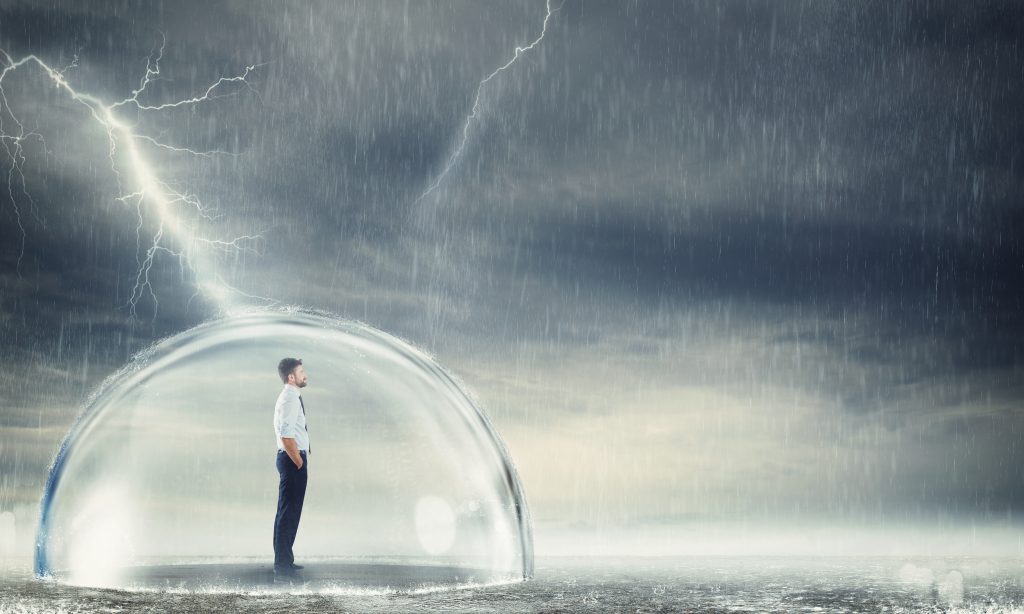









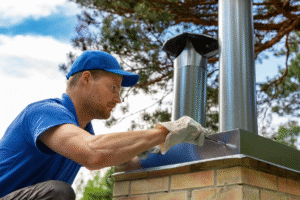
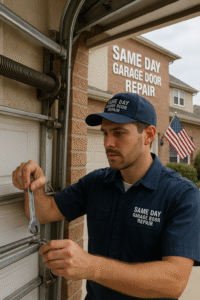
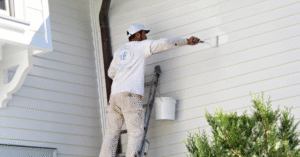

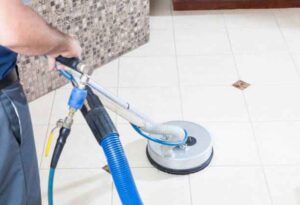




Post Comment